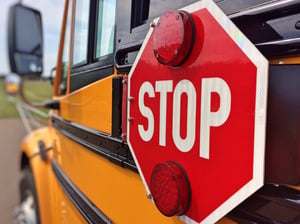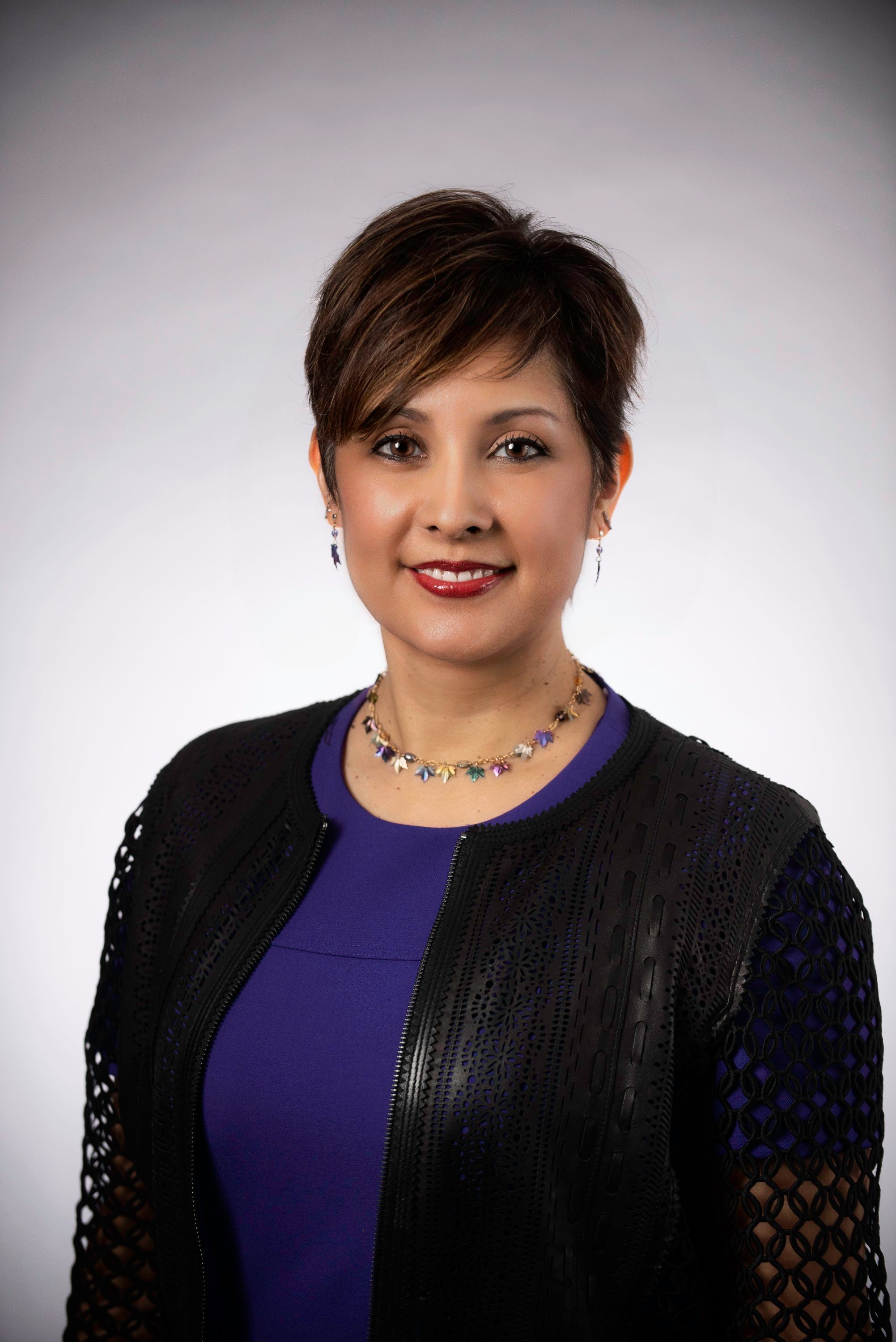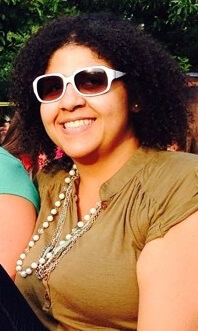
School buses are back on the roads again for most of the country, which means day time child care may not be an issue for many school-aged children right now. But what happens to children whose parents work long or irregular hours? Where do they go for care after school?
For many families in the U.S., after-school and transitional care are an important part of the child care equation, and something the media often overlooks when reporting about families and their child care needs.
According to a report from the Afterschool Alliance (PDF), 10.2 million children participate in an after school program – this leaves 11.3 million children on their own in the hours after school, and another 19.4 million children that would participate in an after school program if one was available to them.
The importance of these after school programs, including 21st Century Community Learning Centers (21st CCLC) which serve children living in high-poverty areas and attending low-performing schools, cannot be overstated.
While parents across the country continue to work long or nontraditional hours, after school programs are keeping their children safe, helping to improve academic performance and behavior, and supporting working families.
But millions of kids are still being left out: For each student enrolled in a program, two students who want to participate won’t be able to go back to after school this fall due to funding shortfalls in their state.
Learn more about the quality and importance of after school care from AMERICA AFTER 3PM in their latest survey on trends in after school program participation (PDF). And as we send our children back to school, let’s keep in mind the ones who need care after school hours as well.
Take a minute to support after school programs by contacting Congress and asking your elected officials to expand funding for after school and summer learning opportunities in ESEA using the Afterschool Alliance’s online action center!






